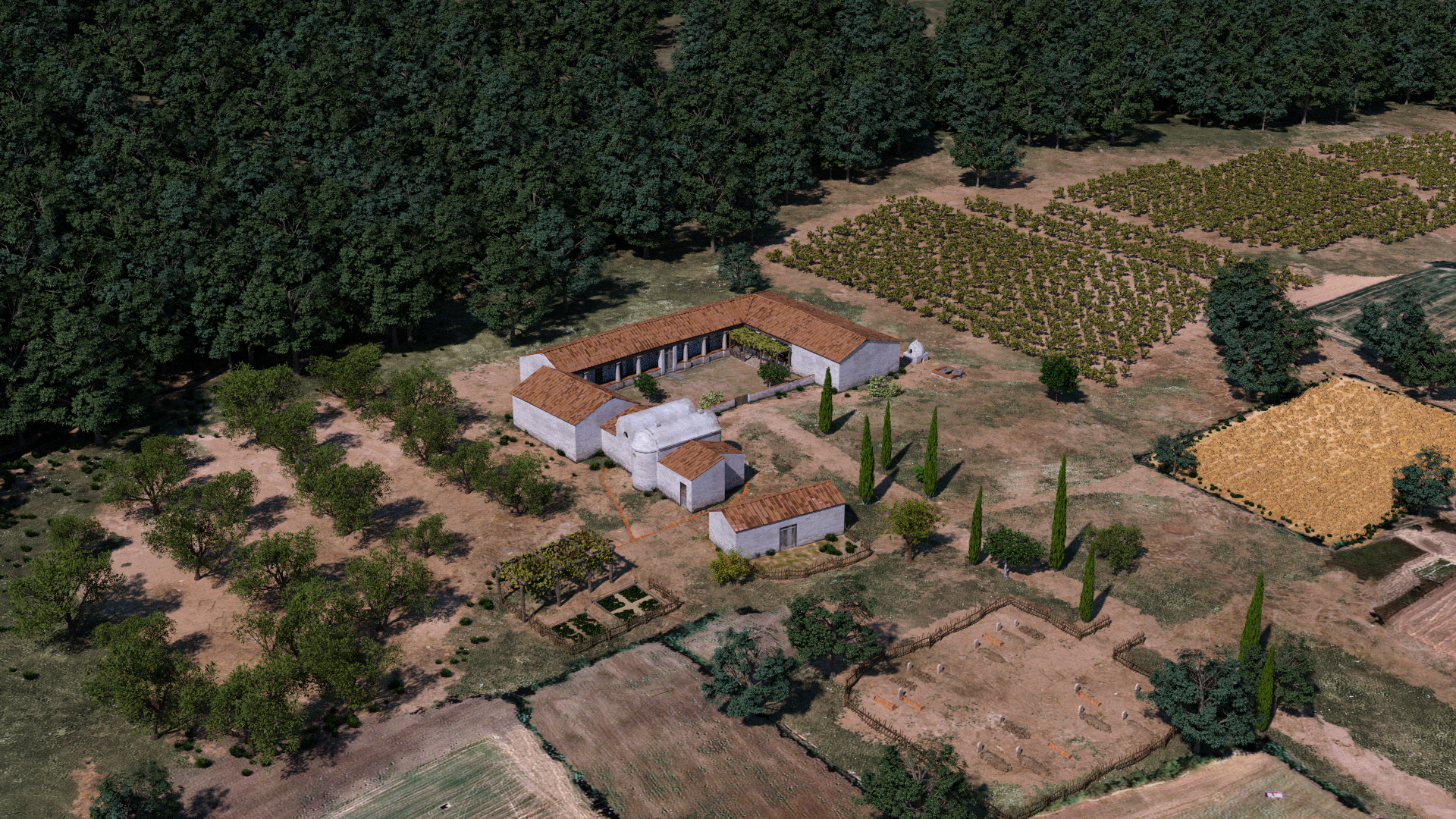
Almoloya-Bastida Project: power, gender and kinship in a forgotten civilization of the Bronze Age
The ‘Almoloya-Bastida Project’ started in 2009 with the aim of better understanding the emergence, development, and collapse of El Argar (2200-1550 cal BCE). This society of south-eastern Iberia is one of the best examples of the radical political and economic changes that took place in Early Bronze Age Europe.
Our interdisciplinary, cutting-edge research has focused on two exceptional archaeological sites: La Almoloya and La Bastida, both in the region of Murcia (Spain). They are in the homeland of El Argar and were occupied during the whole Argaric period.

Period
Bronze Age in the western Mediterranean, approximately between 2200 and 1550 BC.
Institution
Autonomous University of Barcelona. Faculty of Philosophy and Letters. Department of Prehistory.
Web and social networks
http://grupsderecerca.uab.cat/asome/ca
http://www.la-bastida.com/inicio/index.html
http://www.elargar.com/inicio/
https://es-es.facebook.com/LaBastida.Totana/
https://www.ruta-argarica.es/
Principal Investigators
Dr. Vicente Lull
Dr. Rafael Micó
Dr. Cristina Rihuete Herrada
Dr. Eva Celdrán Beltrán
Dr. Camila Oliart Caravatti
Dr. Miguel F. G. Valério
Autonomous University of Barcelona
Location
La Bastida (Totana, Murcia), Spain
RESULTS
The results of the project have far-reaching implications for both archaeological research and heritage dissemination:
- Genetics: population ancestry, kinship, and politics.
Ancient DNA analysis—in collaboration with the Max Planck Institute (Germany) —and systematic archaeological excavations have shed light on two of the most relevant research questions of Late-Prehistoric Europe:
- The analysis of ancient DNA from 68 individuals at La Almoloya (one of largest samples for a single prehistoric site worldwide) has revealed the kinship practices of a whole Argaric community: female symmetrical exogamy, and restricted patrilocality and patrilinearity. This is a milestone in the application of aDNA analysis to prehistoric societies.
- The Argaric population has revealed a combination of origins unique in Bronze Age Iberia, with three main components detected so far: (a) local Neolithic/Copper Age ancestry; (b) Caspian Steppe (Yamna) ancestry, also detected in Corded Ware and Bell Beaker groups across Western Europe; (c) “Neolithic Iranian” ancestry known from Central and Eastern Mediterranean populations. This unexpected scenario opens new avenues of research involving the whole Mediterranean basin.
An “urban revolution”. Excavations in La Bastida have uncovered the distinctive traits of a genuine city:
a) A monumental fortification. The characteristics of the La Bastida fortification were unique in Western Europe at the time. They reflect new forms of warfare and military architecture that recall those of Troy II, and other urban centres in the Aegean and Eastern Mediterranean.
b) Large-scale water management. Its urban layout includes the largest water reservoir in Prehistoric Europe. A rock-cut underground canal also brought water into the city, as often was the case with ancient cities.
c) Demographic concentration. In its heyday, more than 1,000 people lived and worked in this fortified city of 5 ha—the highest population density in prehistoric Iberia.
d) A capital. La Bastida controlled over 3,000 km2 of centralised territory.
e) The ‘first European Parliament’: the architecture of power. A ‘Palace’ with a pillared hall for political reunions (‘Parliament’) has been found at La Almoloya. Here, political leaders could have ruled over thousands of people.
These and other results dispel the traditional picture of a ‘Barbaric’ Bronze Age Europe, as El Argar shows a level of social complexity consistent with ‘civilisation’.
The future is exciting: new extensive excavations and lines of research are in the agenda.
- Children participated in cave paintings because they were perceived as mediators between the physical and spiritual worlds (Popular Archaeology 31/03/2025) - 3 April, 2025
- First ancient genomes from the Green Sahara deciphered (Popular Archaeology 02/04/2025) - 3 April, 2025
- The Oldest Vanilla Pod in Europe, Used in Alchemical Experiments, Discovered at Prague Castle (La Brújula Verde 31/03/2025) - 1 April, 2025























